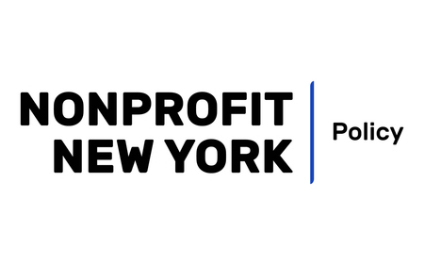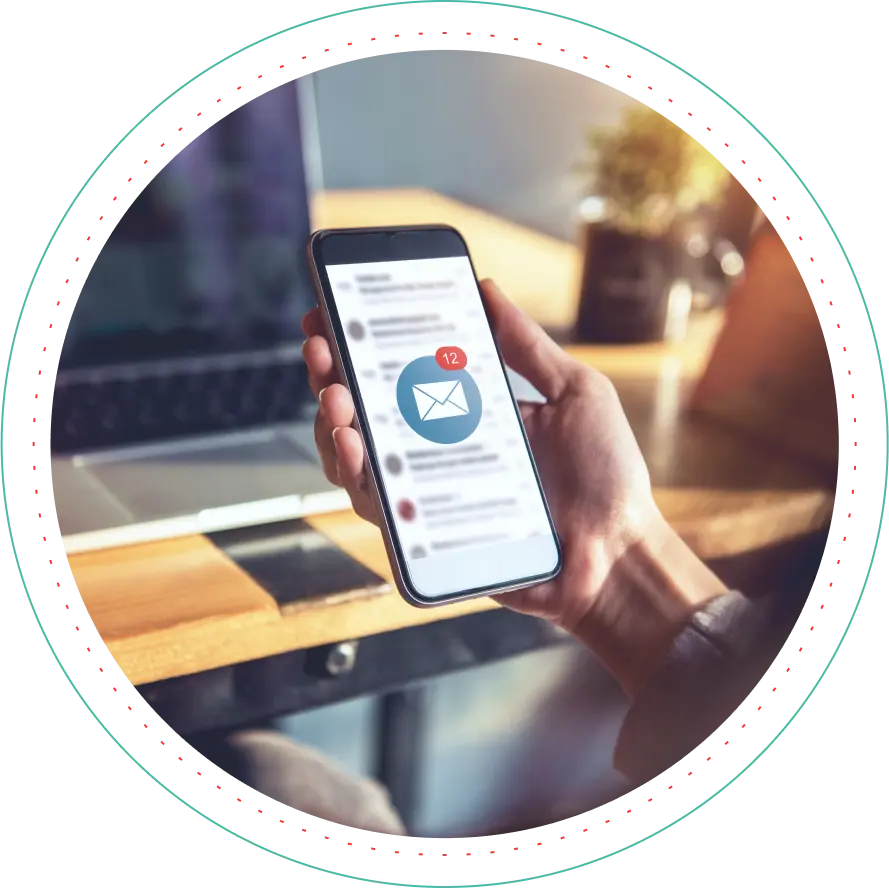[img src=”https://npccny.pi.bypronto.com/2/wp-content/uploads/job-manager-uploads/company_logo/2019/10/NPNY-Policy-RGB_Color.png” class=”aligncenter”]
Nonprofits often represent the needs of our communities, but fewer than 3% of nonprofits engage in legislative advocacy, which can create the change we want to see (See: Endnote 1). In a time when New Yorkers face housing insecurity, threats to immigration, affordability, and other challenges, policymakers need to hear more from you, not less. Nonprofit advocacy strengthens our democracy because we bring more voices into public debates (See: Endnote 2). But, many nonprofits do not engage in advocacy because they think they are not allowed to as tax-exempt organizations, or because of negative associations with the terms advocacy and lobbying, or because of consulting registration and reporting requirements (See: Endnote 3).
Legislative advocacy rules are complicated and burdensome, and nonprofits are the most tightly regulated of all sectors that lobby (See: Endnote 4). New York State and New York City’s “lobbying threshold” is $5,000. If an organization expects to spend $5,000 in a year doing legislative advocacy, they must: register as a lobbyist and submit bi-monthly reports on their activities to the city and state; familiarize themselves with the Joint Commission on Public Ethic’s (JCOPE) 92-page regulations; file a minimum of 6 reports each year; and risk paying late filing fees ranging from $75 to $2,000 per filing. This causes many nonprofits to decide not to lobby at all – taking their voices, and the voices of their communities, out of the conversation.
Reporting lobbying activity can be expensive – big lobbyists spend upwards of $500 a month on reporting alone. Small nonprofits simply can’t afford that. A grassroots organization with no staff could have to register as a lobbyist and file reports for the next two years, if all it does is take community members to Albany one time.
We want to to amplify community voices, by raising the lobbying threshold from $5,000 to $10,000. Our hope is that raising the threshold will encourage more nonprofit advocacy and alleviate the administrative burden placed on grassroots organizations’ advocacy. Lobbying filers who spent less than $10,000 in 2018 collectively spent 0.75% of total spending (See: Endnote 5), which means that 99% of all lobbyists will still have to report, even with this higher threshold. Raising the threshold will not compromise transparency for professional lobbyists, or even those nonprofits that do a lot of lobbying as a part of their work. In fact, raising the threshold will allow JCOPE to use more resources to monitor lobbyists who are spending the most money. In 2018 4% of filers spent 34%, $89 million, of total spending (See: Endnote 5).
We need your support! Sign on to the Amplifying Community Voices campaign to let New York know you support nonprofit advocacy!
Interested in getting involved? Join our coalition’s steering committee by emailing Chai Jindasurat.
Signatories
Asian American Federation
The Bridgespan Group
Chinese-American Planning Council
Funders for LGBTQ Issues
Human Services Council
Lawyers Alliance for New York
New York Immigration Coalition
Nonprofit New York
Union Theological Seminary
United Neighborhood Houses
Endnotes
1) National Council of Nonprofits. (2019). Nonprofit Impact Matters. Retrieved from https://www.nonprofitimpactmatters.org/site/assets/files/1/nonprofit-impact-matters-sept-2019-1.pdf
501(c)(3) public charities (but not private foundations) can lobby, so long as it stays within the prescribed limits. This is nuanced during election season, when legislative advocacy may be regulated as an election-related expenditure if it is conducted in the months before an election and if it mentions a public official who is a candidate in that election. 501(c)(3) tax exempt organizations are not allowed to engage in “political work” (endorse political candidates or support political campaigns). For more guidance on nonprofit lobbying, see Lawyers Alliance for New York’s FAQ’s About Nonprofit Organizations and Legislative.
2) Berry. J. (2003). Nonprofit Groups Shouldn’t Be Afraid to Lobby. Brookings Institution. Retrieved from https://as.tufts.edu/politicalscience/sites/all/themes/asbase/assets/documents/berry/nonprofits.pdf
MacIndoe, H. and Beaton, E. (2018). Friends or Foes? How Managerial Perceptions of the Political Opportunity Structure Shape Nonprofit Advocacy. Public Performance & Management Review 2019, Vol. 42, No. 1, 59-89. Retrieved from hhtps://doi.org/10.1080/15309576.2018.1498362
Boris and Mosher-Williams. (1998). Nonprofit advocacy organizations: Assessing the definitions, classifications, and data. Nonprofit Voluntary Sector Quarterly, 27(4), 488-506. doi:10.1177/0899764098274006
Jenkins, J.C. (2006). Nonprofit organizations and political advocacy. In W. W. Powell (Ed.), The nonprofit sector: A research handbook (296-318). New Haven, CT: Yale University Press.
O’Neill, M. (1989). The third America: The emergence of the nonprofit sector in the United States. San Francisco, CA: Jossey-Bass.
3) Bass et al. (2007). Seen by not heard: Strengthening nonprofit advocacy. Washington, DC: Aspen Institute.
Ruggiano, N. & Taliaferro, J.D. (2012). Resource dependency and agent theories: A framework for exploring nonprofit leaders’ resistance to lobbying. Journal of Policy Practice, 11(4), 219-235. doi:10.1080/15588742.2012.690841
Taliaferro, J.D., & Ruggiano, N. (2013). The L Word: Nonprofits, language, and lobbying. Journal of Sociology & Social Welfare, 40(2). 151-169.
Berry, J. (2003). Op. Cit.
4) Berry, J. (2003). Ibid.
5) New York State Joint Commission on Public Ethics. (2019). Lobbying Datasets. Retrieved from https://jcope.ny.gov/lobbying-datasets. Filers spending less than $10,000 spent a total of $1.95 million in 2018, compared to $261.6 million in total spending. For major spending comparison, 196 out of 3,468 filers, or 4%, accounted for 34% of total spending.

